Much like Nesbitt sodas and Odell Hair Trainer products, Lyman powerboats were everywhere in the 1950s. Thousands of consumer products were sold, used, admired, and then, eventually, cast aside. Tastes and styles changed, and that was pretty much that. Moreover, because they were all so common, nobody paid much attention to any of them, and—with the Lymans as one exception—nobody is much interested in bringing them back into modern use.Fortunately, though, some people do care about the classic lines and good basic construction of the Lyman Boat Works’ line of powerboats, which included everything from small, zippy runabouts to family cruisers up to 35' or so. And, as is the case with the 1950s cars of big fender fins, hood scoops, and lots of American-made steel, Lymans are still worth having for both their iconic status and for what they can still do in the environment for which they were designed. So that’s where Jonathan Taggart and Anne Witty started some 10 years ago when they began looking for a salvageable Lyman runabout for use in their waters of Georgetown, Maine.“I was particularly interested in a clinker-built boat, one small enough for an outboard,” Taggart recalls. Several runabout brands from the ’50s combined lapstrake, or “clinker,” construction techniques with marine plywood and highly durable caulking concoctions, resulting in reliably watertight boats. “It didn’t really have to be a Lyman,” Taggart says, noting Penn Yan as just one other example of a company that produced clinker-built outboard runabouts with a rock-solid combination of plywood and caulking. But Lyman lapstrakes were what Witty and Taggart were most familiar with. “Plus I wanted a boat that chuckles,” says Witty, describing the trademark sound of small wavelets bouncing off the hull of a lapstrake boat.
Join The Conversation
We welcome your comments about this article. If you’d like to include a photo or a video with your comment, please email the file or link.

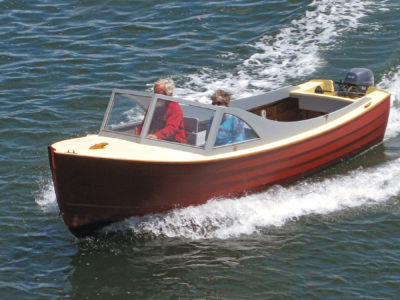
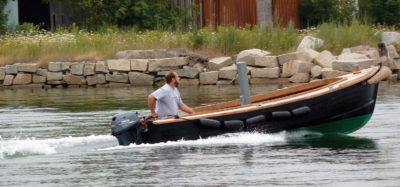

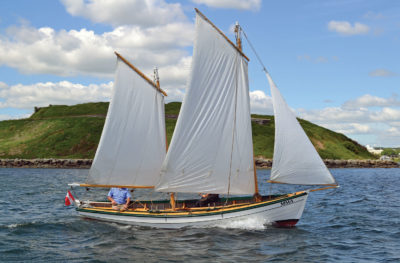
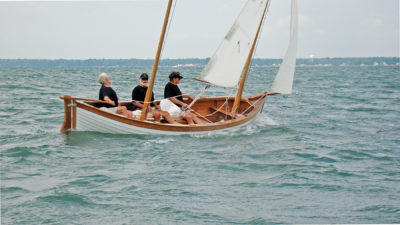
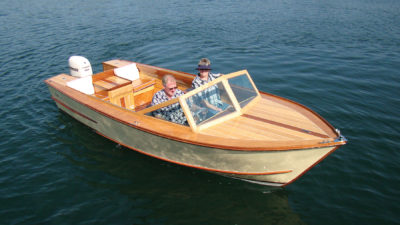
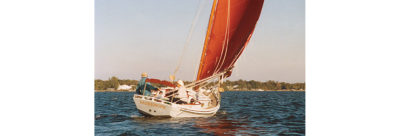
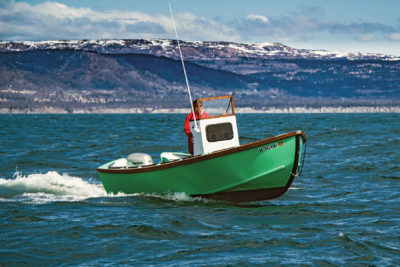
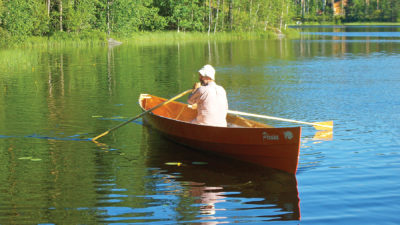
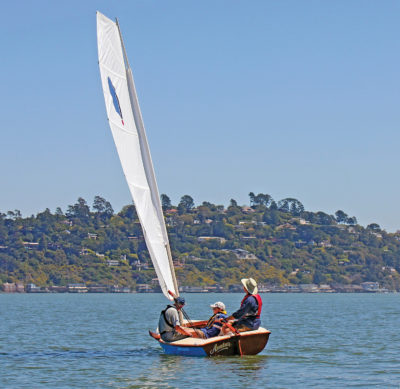
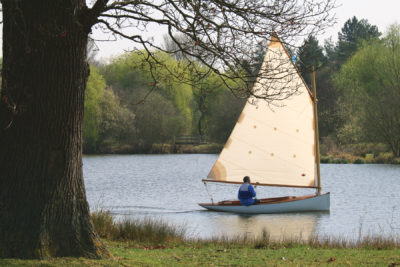
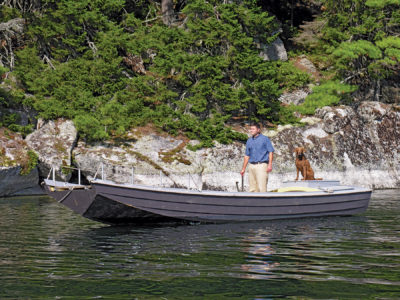
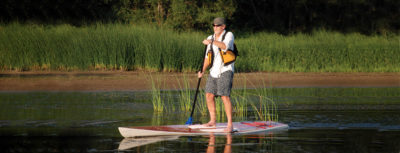
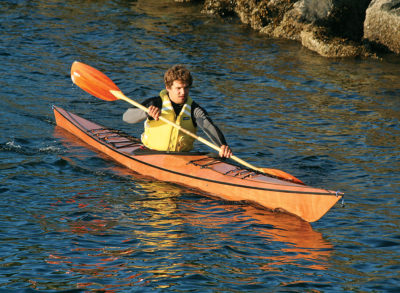
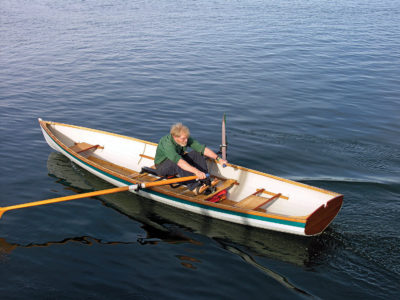
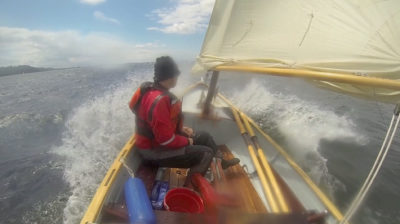
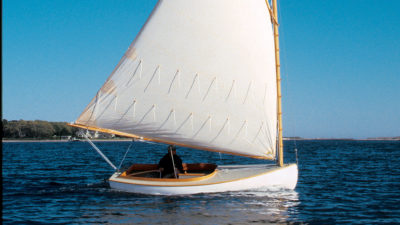
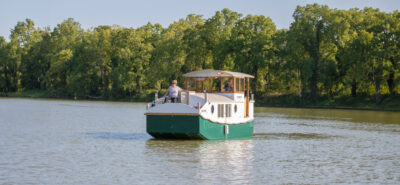
About 20+ years ago, I found a Thompson of about the same vintage, and paid too much for it. When I got it home, I discovered the keel was badly hogged and split in the area under the forward thwart. It took a load of concrete blocks (with the boat supported at each end), plus a car jack, to restore the proper shape, and a Spanish windlass to squeeze the topsides back in, as it had spread badly in the same area, and plenty of epoxy to glue in a reenforcement. The forward deck was also in rough shape, so I made up some 3/8″ plywood out of doorskins because the boat was too wide to use standard width marine ply. Later on this proved to be a mistake, as you can easily imagine. Remarkably, none of the bent frames were broken, even at the significantly tight turn of the bilge aft. Unlike the Lyman in this story, my boat leaked when first launched, though not badly.
I also reenforced the transom with an athwartship piece of heavy aluminum angle (about 1/4″ thick, maybe 3″ X 6″). I ended up using a Mercury engine (used, of course) of about 60 hp, as I recall. I loved the handling of the boat on the Salish Sea (Puget Sound, north of the San Juan Islands), especially poking into a chop, as it was very soft riding. But off the wind, it had a scary tendency to root when slamming into the back of a 3′ wave, and would jerk on the steering in a disconcerting way. I never had the nerve to open it up in those situations, and to this day wonder how it would have behaved.
I eventually sold the boat, sad that my home-laminated “plywood” foredeck had delaminated rather badly. I lost track of the boat after that. It was a good looking boat, very much resembling the Lyman in your story. I always admired its lines.
My brother and I travelled down the Illinois and Mississippi Rivers to the Gulf, turned left to Panama City, Fla, about 40 years ago, in a Lyman with an inboard 4-cylinder Graymarine engine. It was a a great boat for the trip, anchoring at river sandbars and later on Gulf islands. My brother purchased the boat for $700 and we sold it for about half that months later in Florida. Thanks for the article and the reminiscing. The boat and the brother are now gone.